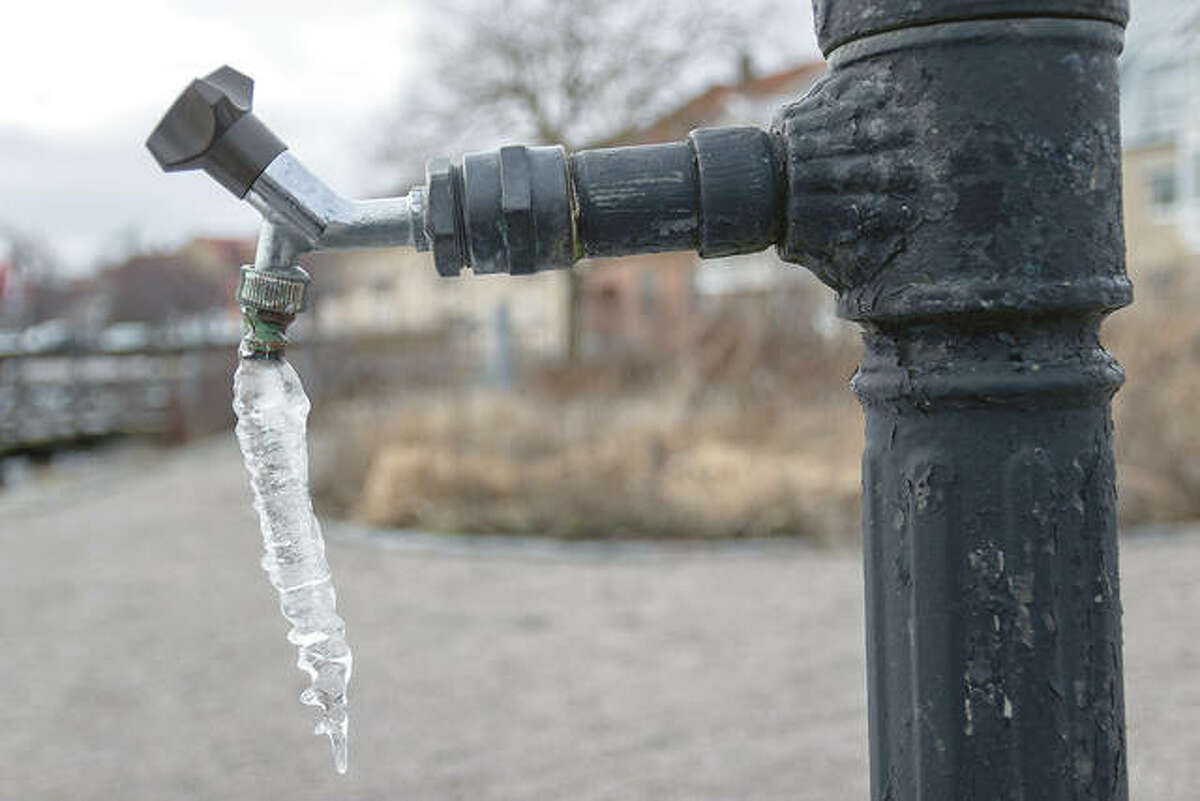Protecting Pipes from Freezing: Best Methods
Protecting Pipes from Freezing: Best Methods
Blog Article
The writer is making a few great annotation about Preventing and dealing with frozen pipes as a whole in this post further down.

Cold weather can damage your plumbing, specifically by freezing pipelines. Below's just how to stop it from taking place and what to do if it does.
Intro
As temperatures decrease, the risk of frozen pipelines boosts, possibly resulting in expensive fixings and water damage. Recognizing just how to stop frozen pipes is critical for house owners in cold climates.
Avoidance Tips
Protecting susceptible pipes
Wrap pipes in insulation sleeves or make use of heat tape to shield them from freezing temperature levels. Focus on pipelines in unheated or outside locations of the home.
Heating strategies
Keep interior spaces sufficiently warmed, especially areas with plumbing. Open up cabinet doors to allow warm air to flow around pipes under sinks.
Just how to determine frozen pipes
Seek reduced water circulation from taps, uncommon smells or sounds from pipes, and noticeable frost on revealed pipes.
Long-Term Solutions
Structural changes
Think about rerouting pipes far from exterior wall surfaces or unheated areas. Add added insulation to attics, cellars, and crawl spaces.
Upgrading insulation
Purchase premium insulation for pipelines, attic rooms, and walls. Proper insulation aids preserve constant temperature levels and minimizes the danger of frozen pipelines.
Securing Outside Plumbing
Yard pipes and outdoor taps
Disconnect and drain pipes yard hoses before winter months. Mount frost-proof faucets or cover exterior taps with protected caps.
Understanding Icy Pipes
What causes pipelines to freeze?
Pipelines ice up when revealed to temperatures listed below 32 ° F (0 ° C) for extended periods. As water inside the pipelines freezes, it expands, taxing the pipe walls and possibly creating them to burst.
Risks and damages
Icy pipes can bring about water supply disruptions, property damages, and pricey repair work. Burst pipelines can flooding homes and create comprehensive structural damage.
Indications of Frozen Water Lines
Recognizing icy pipes early can prevent them from rupturing.
What to Do If Your Pipelines Freeze
Immediate activities to take
If you believe icy pipelines, keep taps available to eliminate pressure as the ice melts. Utilize a hairdryer or towels taken in warm water to thaw pipes slowly.
Final thought
Avoiding icy pipes requires positive procedures and fast feedbacks. By recognizing the reasons, indicators, and safety nets, home owners can shield their pipes throughout cold weather.
6 Proven Ways to Prevent Frozen Pipes and Protect Your Home
Disconnect and Drain Garden Hoses
Before winter arrives, start by disconnecting your garden hoses and draining any remaining water. Close the shut-off valves that supply outdoor hose bibs and leave the outdoor faucet open to allow any residual water to drain. For extra protection, consider using faucet covers throughout the colder months. It’s also important to drain water from any sprinkler supply lines following the manufacturer’s directions.
Insulate Exposed Pipes
Insulating your pipes is an effective way to prevent freezing. Pipe insulation is readily available at home improvement stores and is relatively inexpensive. Pay close attention to pipes in unheated areas such as the attic, basement, crawl spaces, or garage. Apply foam insulation generously to create a buffer against the cold. You can also wrap your pipes in heat tape or thermostat-controlled heat cables for added warmth.
Seal Air Leaks
Inspect your home for any cracks or openings that could let in cold air. Seal any holes around the piping in interior or exterior walls, as well as the sill plates where your home rests on its foundation. Additionally, make sure to keep your garage door closed unless you’re entering or exiting. Leaving it open creates a significant air leak that can lead to frozen pipes.
Allow Warm Air Circulation
During cold snaps, it’s essential to allow warm air to circulate evenly throughout your home. Leave interior doors ajar to promote better airflow. Open kitchen and bathroom cabinets to help distribute heat consistently around the rooms. If you have small children or pets, be sure to remove any household chemicals or potentially harmful cleaners from open cabinets for safety.
Let Faucets Drip
A small trickle of water can make a big difference in preventing ice formation inside your pipes. When temperatures drop significantly, start a drip of water from all faucets served by exposed pipes. This continuous flow helps prevent the water from freezing. Additionally, running a few faucets slightly can relieve pressure inside the pipes, reducing the chances of a rupture if the water inside does freeze.
https://choateshvac.com/6-proven-ways-to-prevent-frozen-pipes-and-protect-your-home/

Do you appreciate reading up on Prevent Frozen Pipes ? Create feedback directly below. We will be glad to know your feelings about this blog entry. Hoping to see you back again in the near future. Enjoyed reading our blog entry? Please quickly share it. Help someone else locate it. We recognize the value of your readership.
Suggested Site Report this page